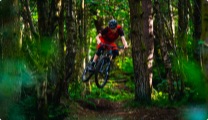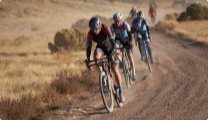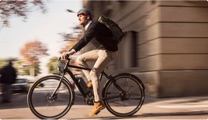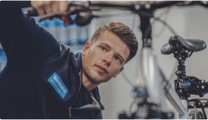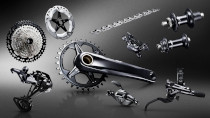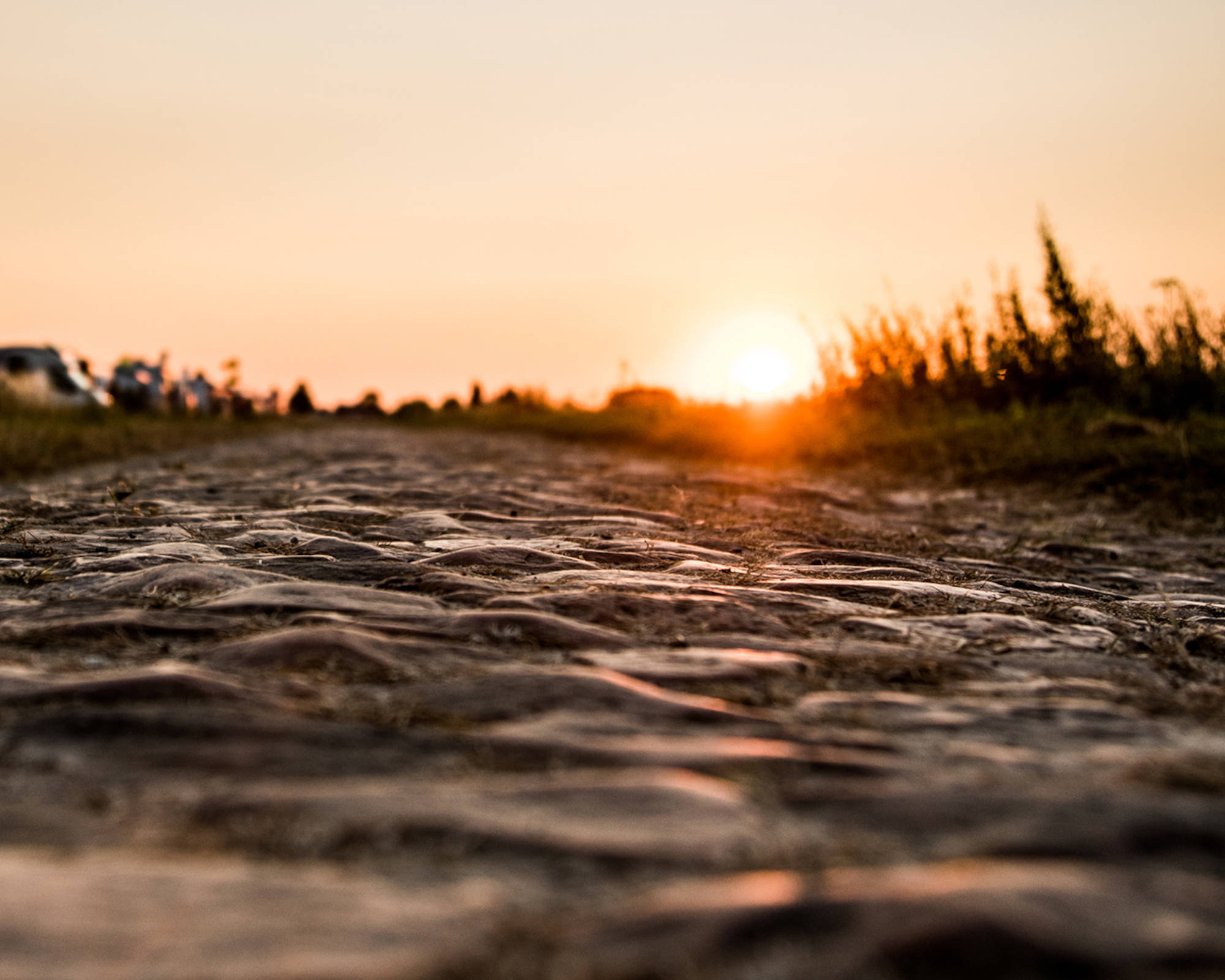From the WorldTour to the official Mount Washington hill climb record to every KOM in between, Phil Gaimon has made a long career out of going uphill very fast. But the creator of "Worst Retirement Ever" is more than just a "climbing monkey," as he wryly describes himself. He's highly entertaining (check out his YouTube Channel) and has a knack for storytelling (check out his two books). If nothing else, he loves bringing others along for his highly entertaining rides, sharing the experience and knowledge he's picked up along the way.
Photos By:@petergriffinphoto
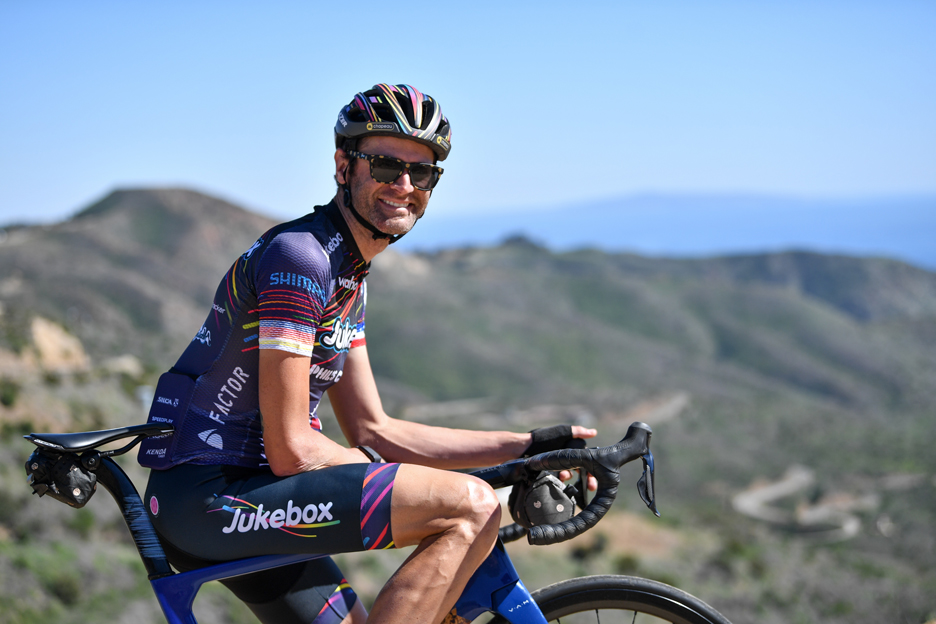
How to pick the right climbing position
Whatever position feels the most powerful is the most powerful. If you find yourself moving around, your bike fit probably isn't great. But I find myself moving toward the front of the saddle, hands on the tops, relaxed upper body. Once you think about your riding position and work on it for a while, it all becomes more natural.
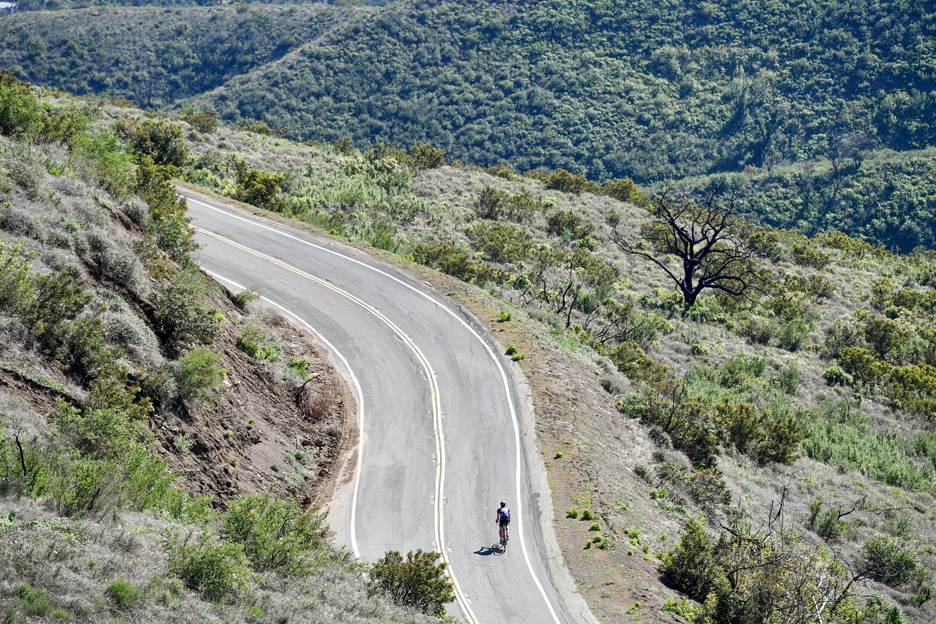
How to improve your climbing pedal stroke
Be sure you’re using your whole pedal stroke. Focus on the bottom part, like you are scraping gum off the sole of your shoe at the bottom of the stroke.
How to pace climbs better
The easiest thing to screw up when climbing is when you get to the bottom of the climb and go too hard. You end up paying for it later. Even if you feel good at the start of the climb, remember that you feel that way because it just started.
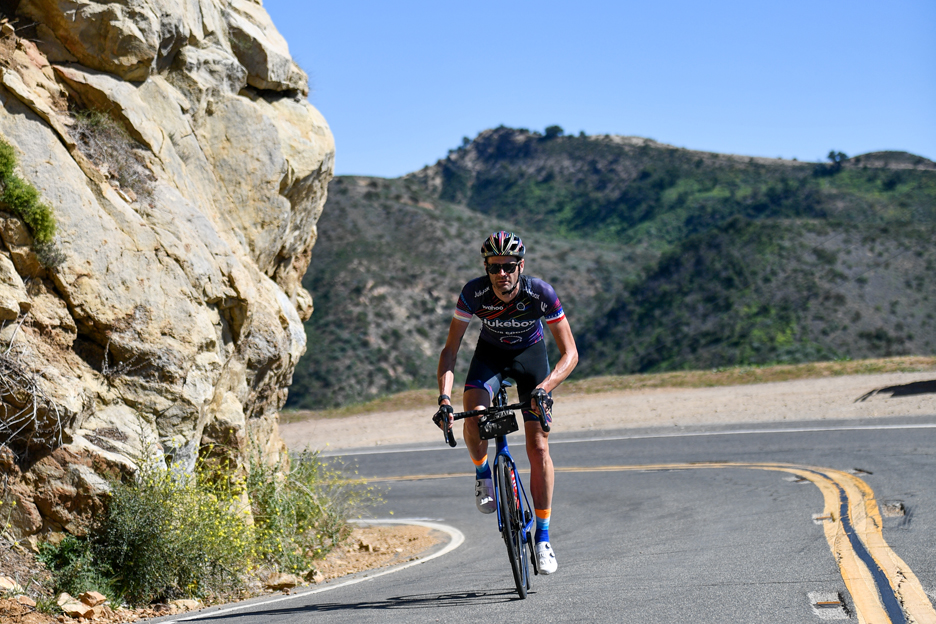
When doing a straight, steady climb, try breaking it into thirds. In the first third, think to yourself, "easy." And the middle third, think "steady." And the last third is when it should actually hurt. That's how it feels, at least. In reality, the effort will be a steady power file the whole time. It will feel easy at the start, but when putting down the same power 20 minutes later, it'll feel much harder.
How to go slower to go faster
A power meter is a good tool for climbing because your perceived effort will vary if you don't have something to refer it to. Even heart rate will lie to you sometimes. Pretty much everyone will overcook the beginning of a climb without some governor to hold them back. A power meter is more to tell you to slow down than anything else.
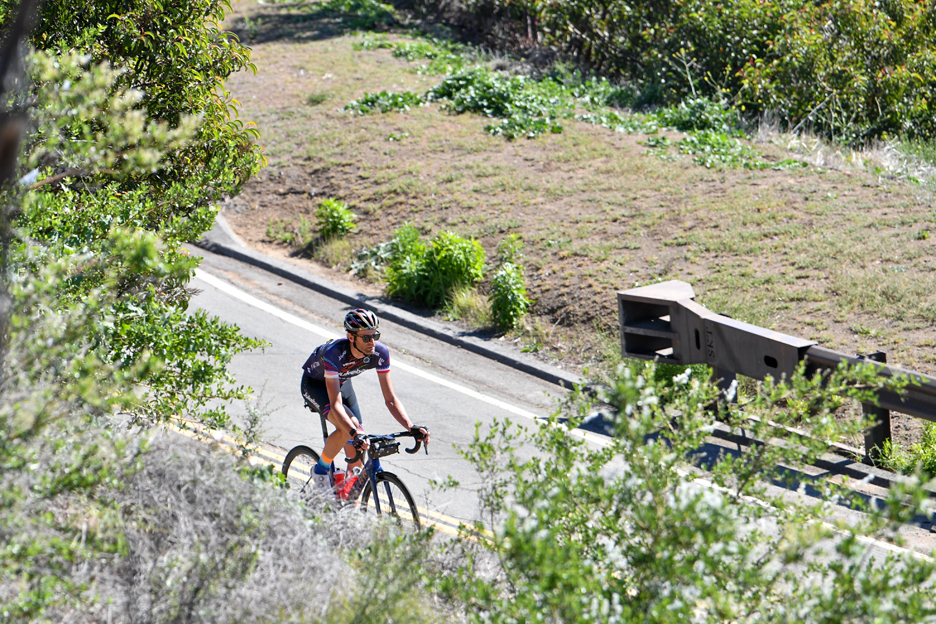
How to climb better riding with others
Even on a steep climb, drafting is a factor. Though as it gets steeper, it matters less. Find someone who knows how to pace themselves well and who is similar to your ability to learn from. Don't think, 'Today I'm going to hang with Nairo,' because you are going to pay for it halfway up.
How to fuel for climbing success
For food, all the pros are using all liquid fuel now; it's wild. Racers don't eat bars anymore. When I used to race, the early break in a road stage would go, and our teams would give us a ham and cheese sandwich. Now, it’s all gels. Pretty interesting.
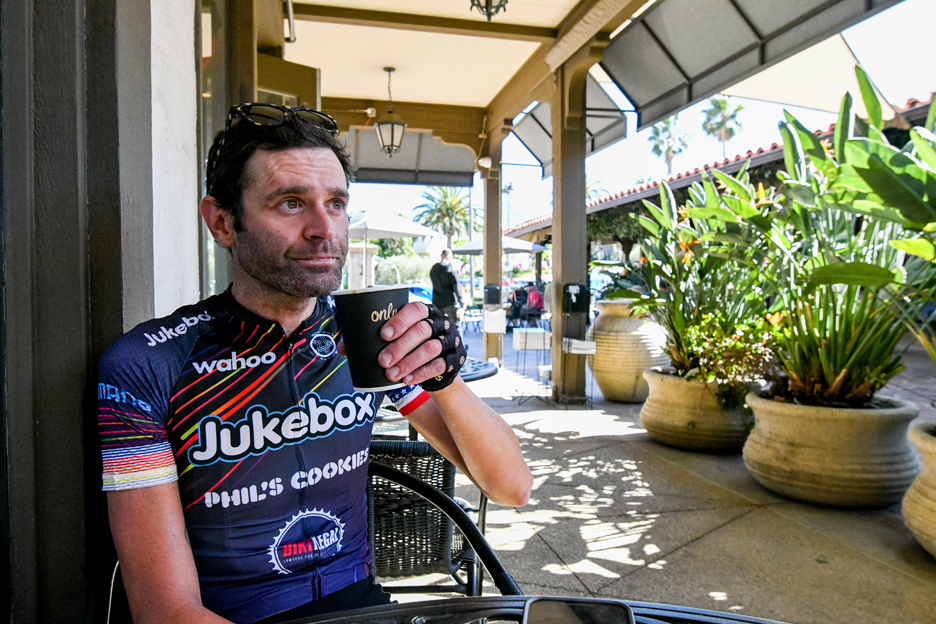
No matter your size or how hard you're going, you have to stay on top of fueling. A climb is where you’ll be exposed if you mess up with nutrition in a race. In training, I use a bottle of First Endurance electrolyte mix for every hour I’m out on a ride.
How to properly warm up for a climb
When going for a best time on a climb, a half hour to an hour is an ideal warm-up if you include some intensity. If you don't want to do efforts in the warm-up, then two hours is a good place to shoot for. More than that, and you start to tap into your energy systems.
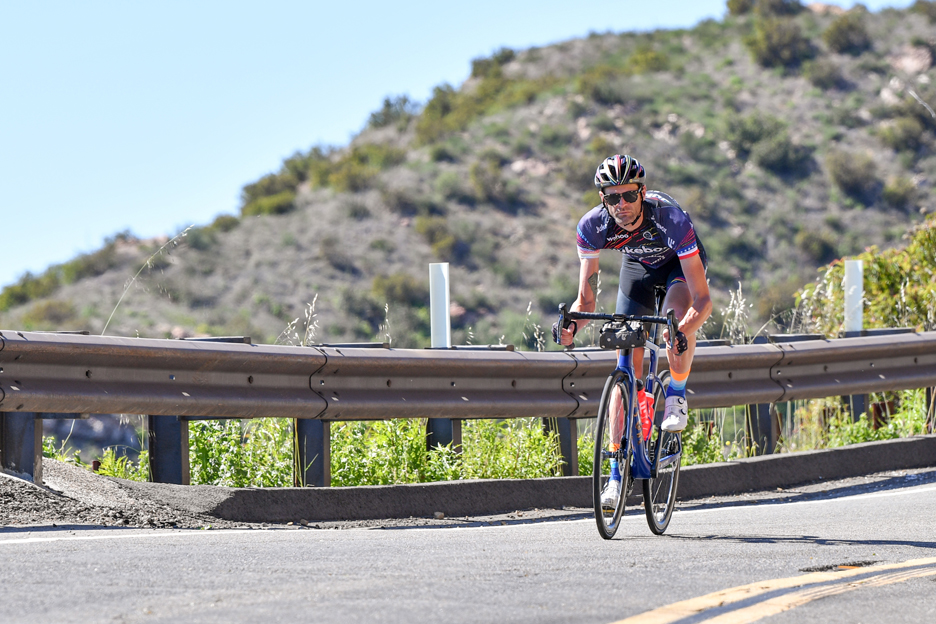
How to warm up for a climb like Phil
If I’m trying to do a good time on a climb, like for all my videos, I basically do a time trial warm-up for everything, which is mostly heart rate base. My protocol is: 20 minutes super easy just riding around to warm up the legs. Then I go as hard as I need to go to see 120 beats per minute. When I feel recovered from that, which isn’t long, I’ll go as hard as I have to in order to see 130 beats per minute. Then I back it down and that takes a little longer. And I do this all the way up to the pace I intend to go for the climb. By the end of that, I'll see the heat rate get to what I expect to see during the effort. Once I recover from that is when I'm ready to go. Super simple but really effective.
How to pick the right climbing gearing
I think a lot of people look at the pros who are running a 54-tooth front chainring and think, 'That's what I want.' In reality, people should look at which side of gearing they are running out on. Do the rides you like to do, and if you find you’re going downhill and you’re running out of gears, get a bigger gear. But I think far more often, people are going up a hill and running out of gears, so that’s the direction they should look for their next cassette and chainrings.
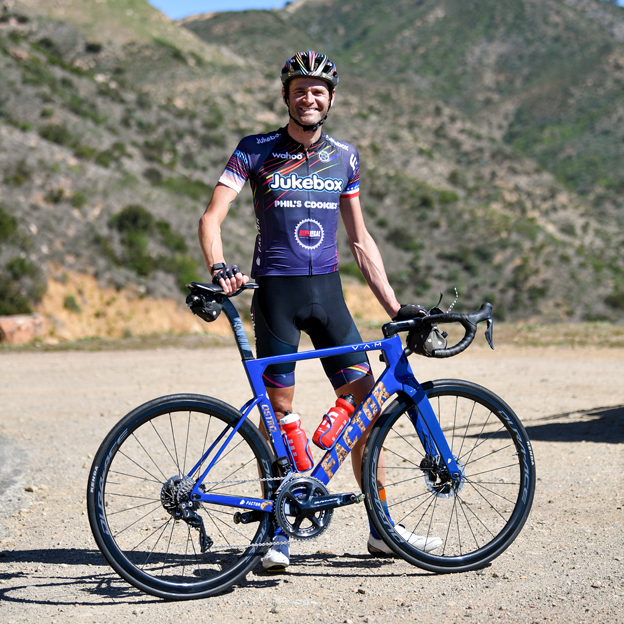
How to pick the same climbing gearing as Phil
I usually run a compact setup. I'm not smashing the downhills here, and there are a lot of 20 percent gradients in my neighborhood. The 34t front chairing with 11-34t cassette is what I had on Mount Washington, which is famously around 11 percent. This setup is also what I train on. I sometimes just want to go up a 14 percent climb and not be maxed out.
How to climb fast on rough stuff like gravel
When the terrain is loose, a lower cadence will give you a smoother pedal stroke, which helps you get through mixed surfaces efficiently. A lower cadence is better, not from a power perspective but from a traction perspective. On the other hand, if you can have a smooth pedal stroke at a higher cadence, that’s going to get you up the hill even faster.
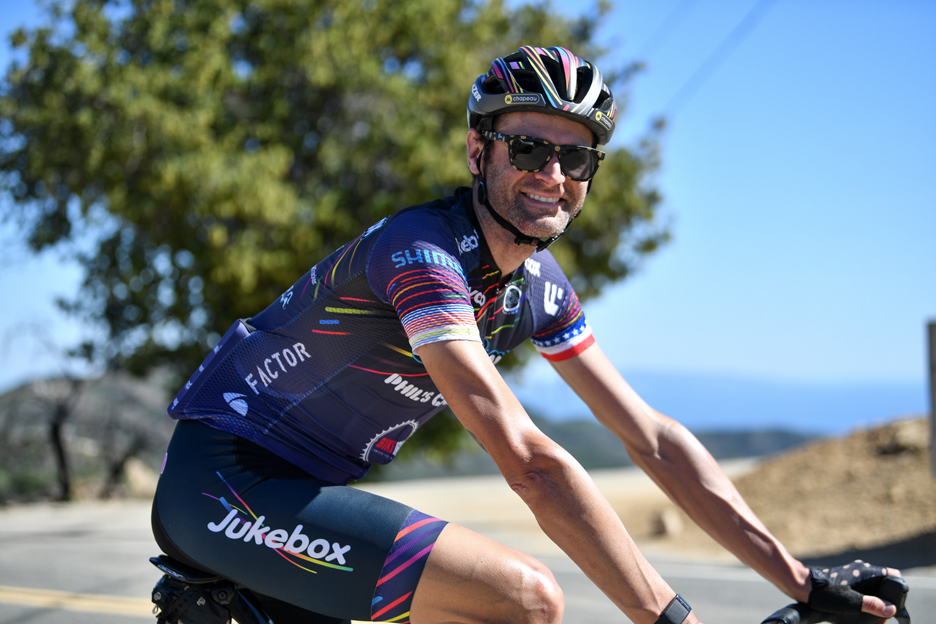
How to improve climbing with off-the-bike work
Climbing uses your core a lot, so a lot of planks and crunches help. Strength work is super useful, and I do a lot of gym work at different times of the year. I think doing squats and deadlifts translates to better climbing four months later–it's not immediate. But strengthening your hamstrings and quads will be beneficial in the long run.
